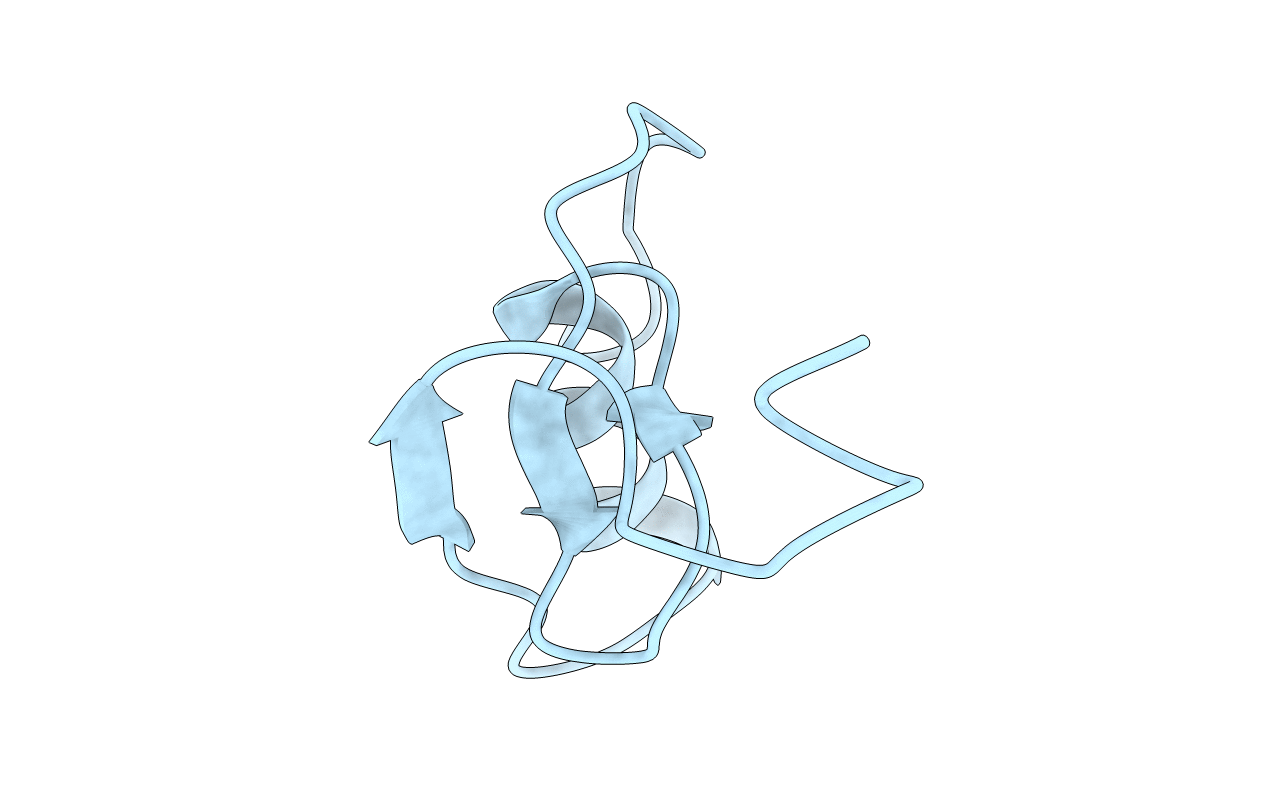
Deposition Date
2005-10-25
Release Date
2006-10-31
Last Version Date
2024-11-20
Entry Detail
PDB ID:
2ERW
Keywords:
Title:
Crystal Structure of Infestin 4, a factor XIIa inhibitor
Biological Source:
Source Organism:
Triatoma infestans (Taxon ID: 30076)
Host Organism:
Method Details:
Experimental Method:
Resolution:
1.40 Å
R-Value Free:
0.18
R-Value Work:
0.18
R-Value Observed:
0.18
Space Group:
P 21 21 21


